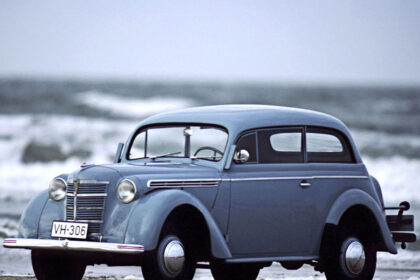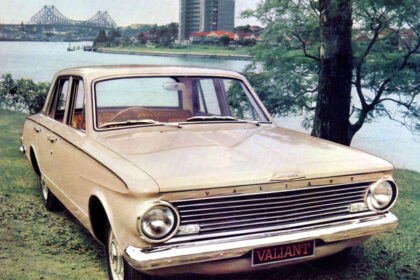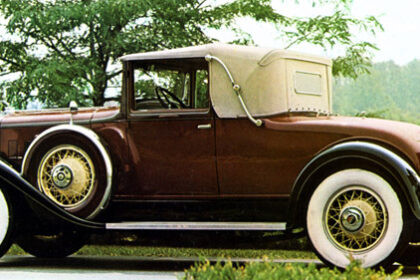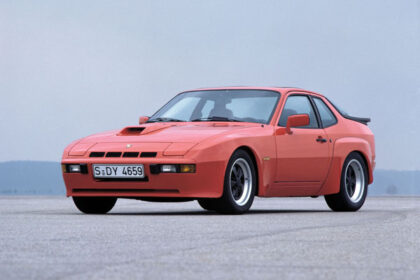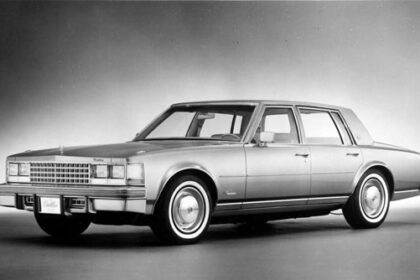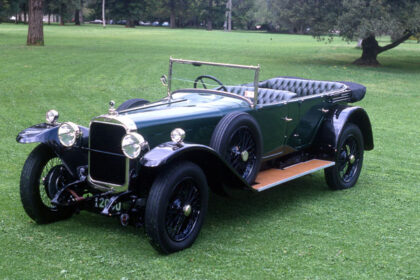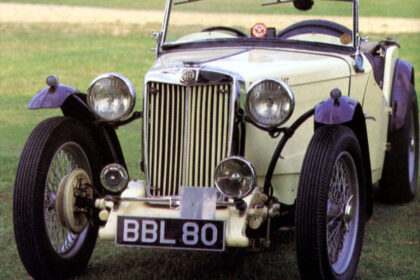SAAB 96
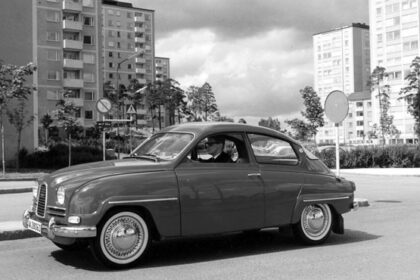
The Saab 96 was introduced in 1960 but initially used the three-cylinder two-stroke engine from the model 93 which sold well in the late 1950s. The engine was inclined at an angle of 30 degrees to the left and positioned ahead of the front axle. The block and upper half of the crankcase were cast as an integral unit with the bottom half similarly of cast iron. The cylinder head, pistons and induction manifold were of light alloy. Right from its introduction Saab hoped to develop the two-stroke design even… Read more




